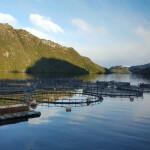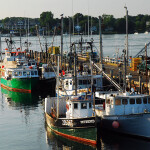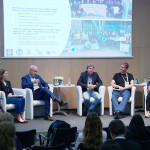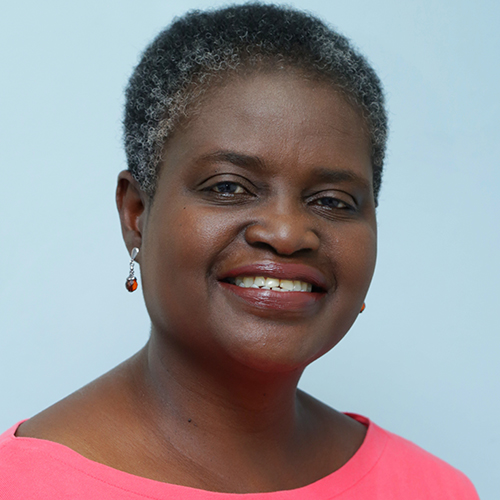A 2016 report produced by Oceana shows that one in every five samples of seafood tested worldwide is mislabeled, testimony to the widespread incidence of seafood fraud.
The scale and seriousness has led Oceana, an organization that works to protect the world's oceans, to undertake a campaign against seafood fraud in the United States, beginning in 2011. The campaign seeks to promote “boat-to-plate traceability for all seafood sold in the U.S. to ensure that it’s safe, legally caught and honestly labeled,” Dustin Cranor, Oceana's senior director of communications, told SeafoodSource.
“Seafood fraud threatens consumer health and safety, cheats consumers when they pay higher prices for a mislabeled lower-value fish, and hides harmful practices like illegal fishing, poorly-regulated aquaculture andhuman rights abuses,” Cranor said via email.
Boat-to-plate traceability, otherwise described as “end-to-end” traceability by the nonprofit Future of Fish, requires tracking and recording all relevant data about fish products over five main nodes. According to Fture of Fish's Seafood Traceability 101 document, the five steps to ensure robust end-to-end traceability require (1) recording of fish capture at the point of harvest or on the dock; (2) attaching the data to the product itself after it has been captured; (3) one-up, one-down tracking of a product within a company, or internal traceability; (4) knowing who the suppliers are, where they operate, their practices and standards, otherwise known as supply chain visibility; and (5) data verification, the capacity to cross-check and verify information about a product at every step of the supply chain.
For companies concerned about their brands’ reputation and consumers concerned about the environment and human rights, such documented and verified information is essential for knowing their fish product's backstory.
According to the Future of Fish, a nonprofit organization “focused on building global supply chains that yield legal, traceable, and trustworthy fish,” there is widespread mislabeling of seafood, when the product isn’t what it says it is or didn’t come from where the label notes.
“One-third of seafood in North America is mislabeled, with some species or regions having rates of mislabeling of over 50 percent,” the organization noted. “Of course you don’t get such high rates of misidentified fish through labeling accidents alone...intentional switching of information – otherwise known as fraud – is relatively easy to commit when data and product are not linked effectively.”
Cranor said that more than half (58 percent) of the samples substituted for other seafood posed a species-specific health risk to consumers, meaning that consumers could be eating fish that could make them sick and these risks could not be screened or managed by authorities.
“These health risks included parasites, environmental chemicals, and aquaculture drugs, and other natural toxins,” Cranor said.
Additionally, fish substitution can place increasing pressure on stocks of the substituted fish.
“Nearly 12 percent of all the species substituted are considered critically endangered, endangered or vulnerable,” Cranor told SeafoodSource.
Ricardo Ekmay, animal nutrition director at Arbiom, which converts plant-based products into aquafeeds, told SeafoodSource that the seafood industry's shortcomings on traceability is also hurting aquaculture.
“Looking at the E.U., fishmeal derived from farmed fish cannot be fed to fish of the same species due to concerns over transmissible spongiform encephalopathies,” Ekmay said. “Without good traceability, this consideration cannot be taken into account in a hazard analysis. A farmer receiving unlabeled fishmeal cannot know whether it is wild-caught or even what species it is.”
But end-to-end traceability is particularly challenging in the seafood industry, according to Eric Tamm, CEO of ThisFish Inc., a global supplier of seafood traceability software.
“Seafood is the most diverse, global, and complex protein supply chain, which makes it logistically difficult to trace. Seafood traceability isn’t easy. Many seafood companies that want to do the right thing struggle because of this complexity,” he said.
Unfortunately, “the technology sector hasn’t done a good job at developing software suitable to the scale, complexity and diversity of the seafood industry. Most enterprise software is too costly and complex for the average seafood company,” Tamm said.
And many seafood companies prefer to stick with paper documentation rather than move to such software, Future of Fish noted.
“The use of paper log books and paper-electronic mixed systems are still quite prevalent. The scope and depth of the data collected also varies considerably at each step,” Ekmay told SeafoodSource. And, “as with any new technology, the adoption costs are generally high and they require the technical know-how to implement. Further, there may be a level of customization necessary to implement correctly,” Ekmay said.
But experts agree that the investment in better traceability is worth it, including better brand differentiation and creating a brand premium, and allowing access to better data to improve operations and create business opportunities.
“Our Trace platform allows producers to share the story of their seafood with buyers and consumers. A growing number of consumers, especially among millennials, are concerned about where their food comes from. In the Information Age, people expect more data on their products and want to know the story of the people who produced it,” Tamm said. “Seafood is behind in this consumer trend, which is being led by other sectors such as coffee, chocolate, and even textiles. If we want to build value in the seafood industry, we need to do a better job at branding and storytelling…backed by validated data.”
Photo courtesy of Future of Fish






